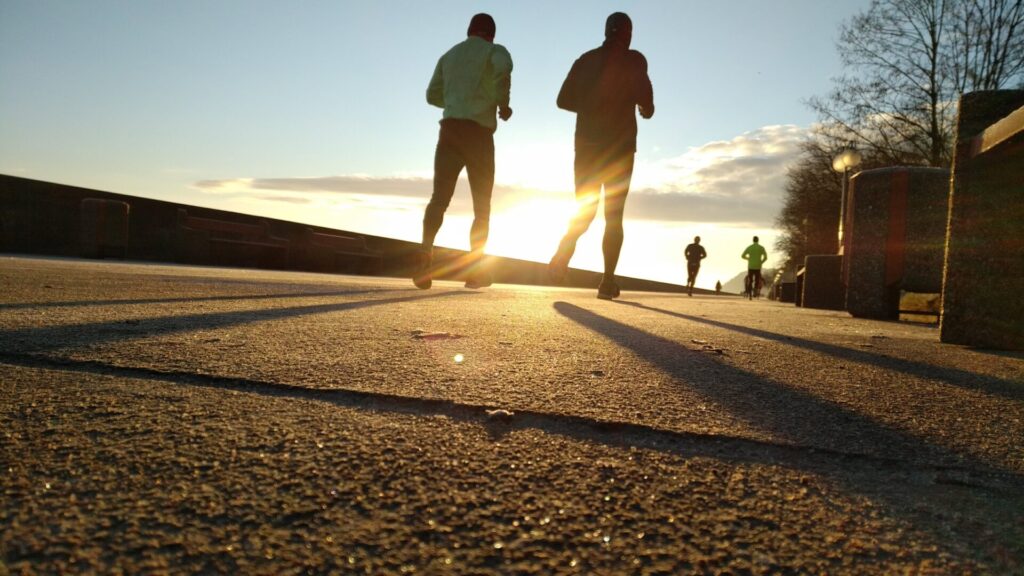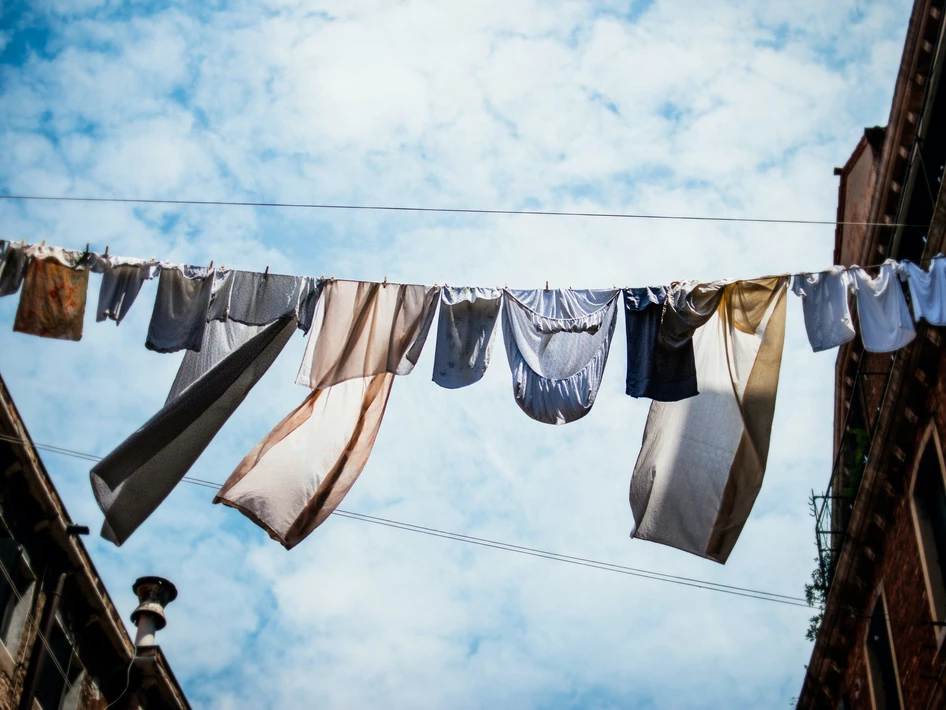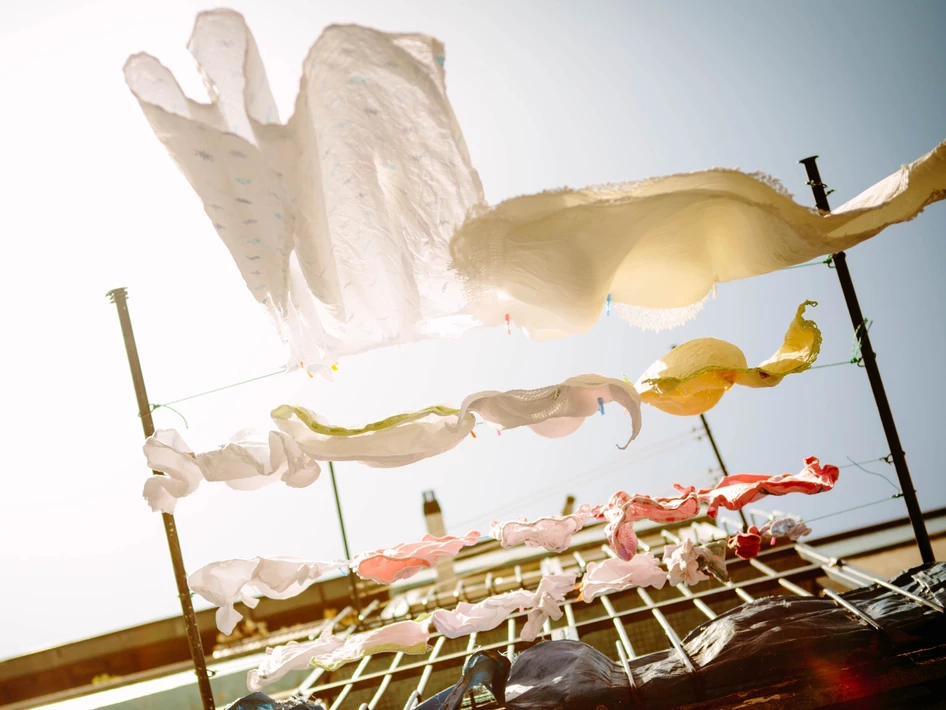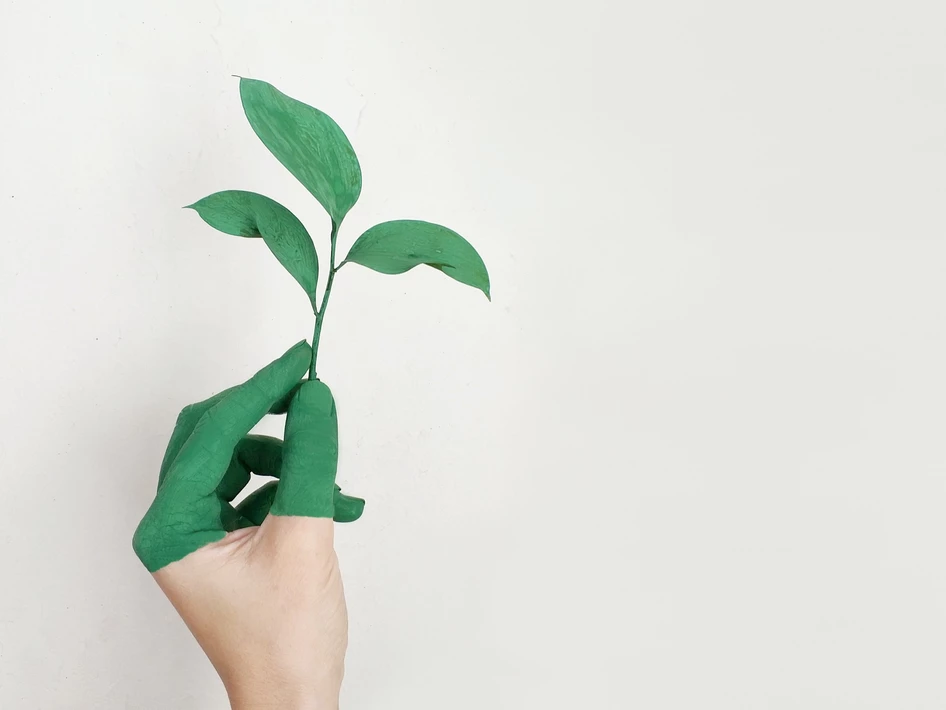Nike, Puma, Adidas, Decathlon… these are the first names that come to mind when we think of activewear. These global giants have dominated the activewear industry for decades now. According to McKinsey’s ‘Sporting goods 2023: The need for resilience in a world in disarray’ report, sustainability is amongst the top four 2023 activewear goods trends, with brands aiming for net-zero and circular economy.
As consumers are becoming more aware of the impact of their choices on the environment and the people, there has been a shift in shopping patterns. The international sports and activewear industry has been quick on the uptake, claiming sustainability in their collections, by introducing fabrics that are recycled, the most prominent being the introduction of fabrics made from PET bottles. But, how sustainable, really, are these activewear collections? Could there be a better alternative for us?

As it turns out, there is. From prioritizing environmental responsibility and fair trade, to community engagement, the Indian homegrown activewear market is filling the gaps that big business is not. Just as Gandhi chose to swap out Manchester-made suits for khadi, as we move into our 77th year of independence, let’s see why you should be considering homegrown for your next sustainable activewear purchase.
They prioritise environmental sustainability
According to the Glaukos Project for Circular Solution for the Textile Industry 2020 report, of the total fabric produced in the world, 70 per cent is polyester. And the most common use of polyester is specifically in activewear. Elastane, which is also a polyamide, is the third most-used fibre in the sports industry.
Local brands often prioritize eco-friendly materials, such as Supima cotton (used by Athlos), linen (used by Proyog), and Econyl (used by Athlos, Eshalal Swimwear, The Summer House). By opting for these alternatives, these sustainable activewear brands are reducing the demand for plastic-based materials such as polyester, or resource-intensive crops such as cotton that have been linked to land degradation, loss of forest area, and greenhouse gas emissions. These sustainable activewear brands also tend to adopt circular and greener production practices, minimizing water consumption, waste generation and harmful chemical usage. Homegrown sustainable activewear brands typically have a smaller supply chain, as compared to global giants that source raw materials as well as finished products from multiple countries. A smaller supply chain results in a reduced carbon footprint due to decreased transportation and associated emissions. By buying homegrown and supporting their initiatives, you are actively doing your bit to create a healthier planet.

They promote ethical production
Large multinational brands like Lululemon, Nike and Adidas often outsource their production to countries with lower labour costs, leading to increased concerns about worker exploitation and poor working conditions. It is perplexing to observe how certain activewear clothing brands project an ethical and sustainable image to the public, yet fail to follow through with protocols that protect the vulnerable women responsible for manufacturing their clothes and generating substantial profits for these companies. According to the Asia Floor Wage Alliance (AFWA) report, ‘Money Heist: COVID-19 Wage Theft in Garment Global Supply Chains’, sports brands like Nike and Adidas are among the top 15 brands with a wage theft record, amounting to USD 1,44,615 and USD 52,785, respectively.
In contrast, homegrown sustainable activewear brands frequently choose to manufacture locally, with smaller supply chains. And, as the production is small scale, these brands are rightfully able to take pride in providing fair wages and safe working environments, while empowering local communities through job opportunities. By choosing to buy local from small businesses with ethical production practices, you can promote social justice and contribute to improved working conditions for factory workers.
They are breaking stereotypes with unique and innovative designs
While the global giants tend to dominate the market with mass-produced designs, homegrown sustainable activewear brands often showcase creativity and innovation. They focus on niche markets, enabling them to respond more effectively to specific customer needs and preferences.
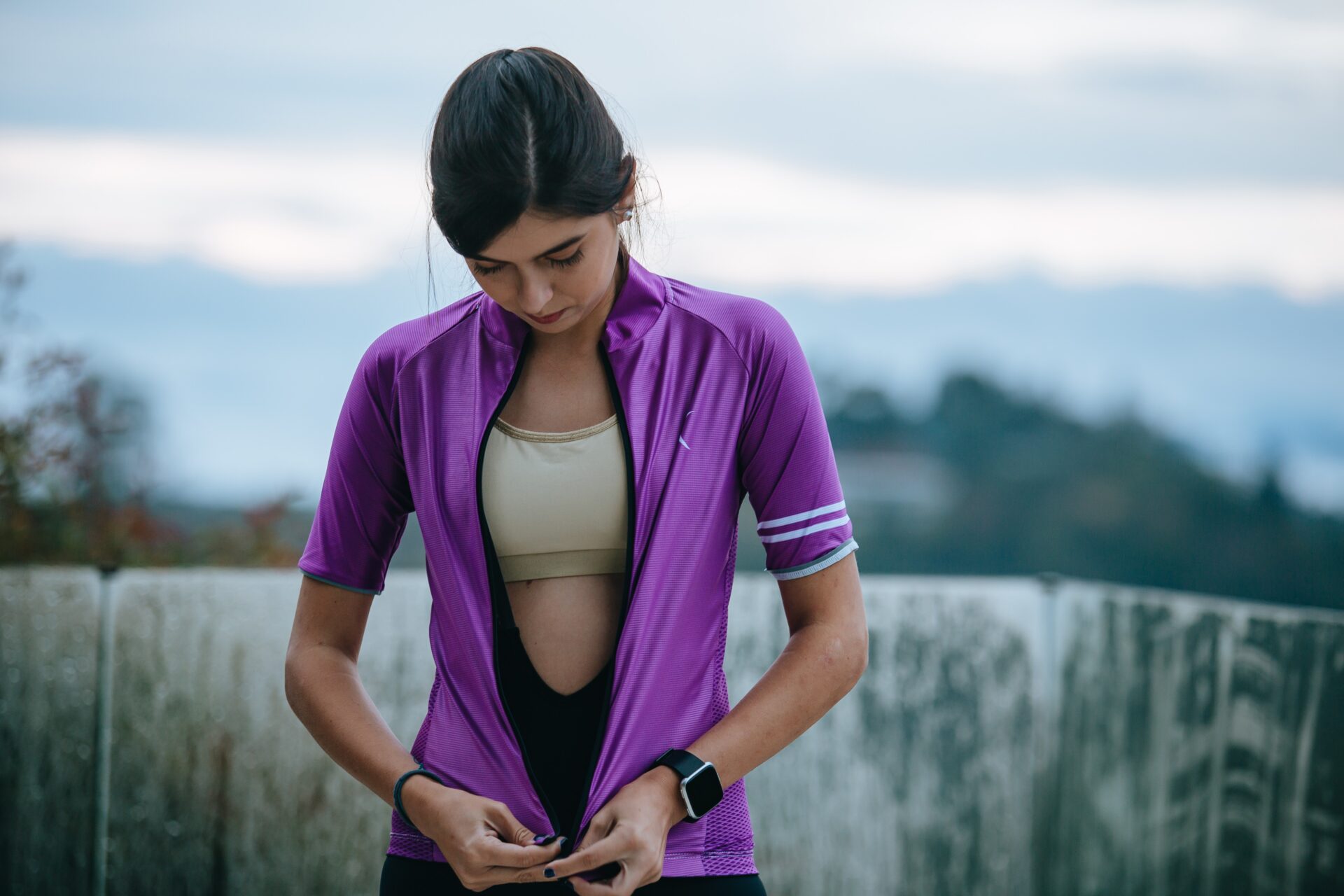
Proyog is committed to taking the plastic out of yoga, by using only natural fibres for yoga wear and yoga gear; Athlos has been using design as a solution to fill in product gaps, like comfortable workout shorts that also have pockets, convertible pants and sports bras that won’t give you an after-workout! Deivee caters specifically to Indian sensibilities and body types- embracing a philosophy of promoting yoga and active living. As part of their environmental commitment, they collaborate with NGO partner Grow Trees, planting a tree in Karnataka for every Deivee Tree T-shirt purchased, fostering a positive impact on the planet. And Shakti Warrior works with women self-help groups to empower those who make our clothes.
They are less likely to greenwash
Those fleeces made from recycled bottles you see, when you walk into your neighbourhood multinational activewear store? Yep, the ones you bought because you thought you were doing the planet a good turn? Not sustainable!
The biggest problem with the current international activewear market lies in their use of fabrics derived from recycling plastic bottles (polyethylene terephthalate – PET) and their claim of this being sustainable. This is far from the truth. The PET bottles are part of a closed-loop recycling system and can be efficiently recycled at least 10 times. But, once these PET bottles are converted into fabrics, they become part of a linear system and cannot be recycled again. This essentially means that if and when these clothes are discarded, they will eventually make their way into landfills. All major activewear brands use recycled PET-derived polyester in the apparel as well as footwear, presenting a false solution as a green initiative.

That’s not all. Their takeback campaigns? Highly suspect! With the exception of Puma, which joined forces with Goonj, an Indian NGO, by refurbishing worn-out shoes returned by customers, to support Goonj’s efforts to provide essential resources to underserved communities across India, there is little evidence of what really happens to the apparel and footwear you return to brands. As reported by the Ellen MacArthur Foundation, less than 1% of clothing put into recycling is actually recycled. Last year, Decathlon ran a month-long ‘Nolhtaced’, their reverse-selling sustainable branding campaign in Belgium. The brand allowed customers to resell old or unused sporting equipment so they could repair and resell it, and even reversed their name on storefronts to show their commitment to the cause. But so far, there has been no news of how the returned stock was treated.
They focus on building community
For many homegrown sustainable activewear brands, building community is integral to their process. Not only do these brands often engage in philanthropic initiatives, supporting local charities, and community development projects, they also work with their consumers to create a sense of purpose. By choosing to purchase from homegrown sustainable activewear brands, you are becoming involved with community-upliftment and making a positive social impact. Proyog has built an active community of yoga enthusiasts while Athlos has done the same with runners, trekkers and hikers. That they use actual customers for their websites and catalogues has only served to strengthen the community.
For us, at Pretty As You Please, this case has been getting increasingly more compelling. Tell us what you think, in the comments, and let us know your favorite homegrown activewear brands.

